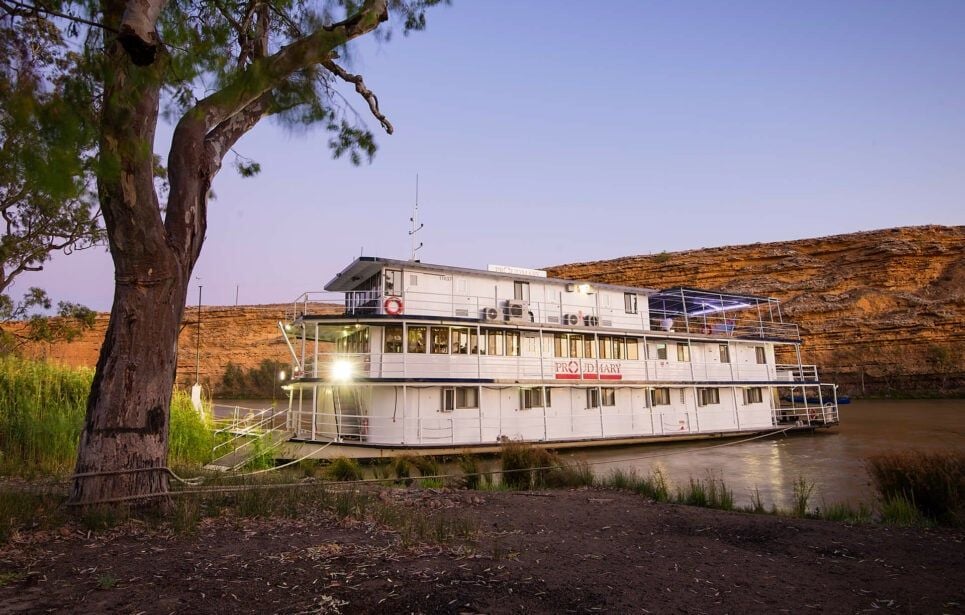The headland known as Fort Scratchley has long been associated with the history of Newcastle. Two natural features dominated early history: its height offered a prominent lookout; and seams of coal were readily accessible around its base. Both are understood to have been used by local Aborigines.
Coal and Mining
The discovery of the coal seams by European explorers from Sydney led to the site becoming the first European coal mine in Australia, and probably the first mine of any kind in the country. Mining began on Braithwaite's Head using convict labour during the first European settlements of 1801 and 1804. In time, coal mining became an economic mainstay of Newcastle and the Hunter Valley.
Navigation
In 1813 a coal-fired navigation beacon was set up on Beacon Hill and continued until 1857. A flagstaff and signal station were also erected during this period, and these subsequently became the Harbour Master's residence. These structures were demolished later to make way for construction of the Fort.
Defence
The strategic importance of a hilltop overlooking the harbour was recognised as early as 1804, and by 1828 an earthen battery was constructed and equipped with seven guns. In 1876, with fears of Russian attack, the British Government sent Major General Sir William Jervois and Lieutenant Colonel Peter Scratchley to advise on naval defences. Under the direction of Jervois and Scratchley, Colonial Architect James Barnet oversaw construction of the Fort. It was designed around a battery of three guns facing eastward in an arc to the ocean, with other guns covering the harbour to north and west. The gun emplacements were cut into the top of the hill to present a low profile to attack.
The new guns were in position by 1882, and construction of accommodation for the troops followed, with the Commandant's cottage and barracks buildings completed in 1886. Other small detached buildings were also built at this time and in 1892 the dry moat and perimeter wall were completed. Mines laid in the harbour channel could be exploded from a control pit at Fort Scratchley.
Action
The guns and their enclosures were changed several times during the 20th century as military technology developed. They were used on several occasions during each of the world wars to halt unauthorised shipping movements through the harbour mouth. On the night of 7-8 June 1942 the Battery's 6-inch guns fired two salvoes at a Japanese submarine that bombarded Newcastle with about two dozen shells, becoming the only coastal fortification to fire on an enemy Naval vessel.
The area outside the Fort walls has also been continuously occupied, including many buildings related to navigation or the military. Some of these remained even after the Fort was constructed, such as an assistant Harbour Master Cottage directly outside the main Fort gates and nine pilots' cottages along Nobbys Road. Various military buildings stood outside the Fort's walls along both sides of the entry road. Only the Master Gunner's Cottage and Transport Garage remain in this area.
In 1950 a works depot was constructed for the Department of Housing and Works on the level area below the Fort along Nobbys Road. Prior to their demolition, these buildings were used by the State Emergency Service.
Decommisioned
The guns at Fort Scratchley were decommissioned in 1962 and the Fort closed in 1972. It was vacant until 1977 when the Newcastle City Council entered into a lease with the Commonwealth over the site.
Reopening for the community
Under Council's control the site became home to the Newcastle Regional Maritime Museum in 1977 and the Military Museum/Fort Scratchley Historical Society in 1982. Both of these groups took an active role in conserving the site and interpreting its history to visitors.
The outer site continued to be used as recreation space by local residents with picnic tables and children's playground also being used by visitors. The inner Fort was opened to the public with the Maritime Museum and guided tours of the tunnels operated by the Fort Scratchley Historical Society adding to the visitor experience.
In January 2004, Council and the Australian Government executed an agreement whereby the Government would restore Fort Scratchley Historic Site, then transfer ownership to the Council. The Fort was closed to the public in April 2004. Restoration works were completed in 2008 enabling the transfer of the site to Council on 29 June 2008.
| Posted in:Shows & EventsCentral Coast Concert Transport |
)
| Posted in:Cruise HolidaysExtended Holidays |
)
| Posted in:Senior GroupsBus TripsShort Break HolidaysShort Break Holidays with Connect Coaches |